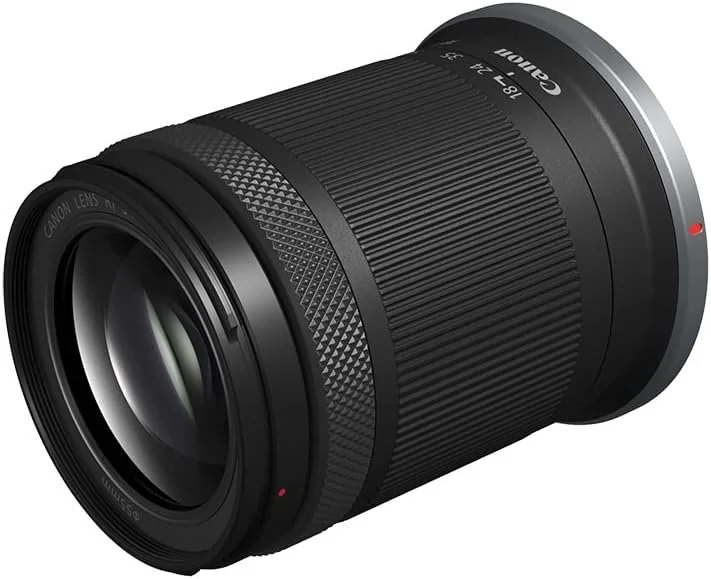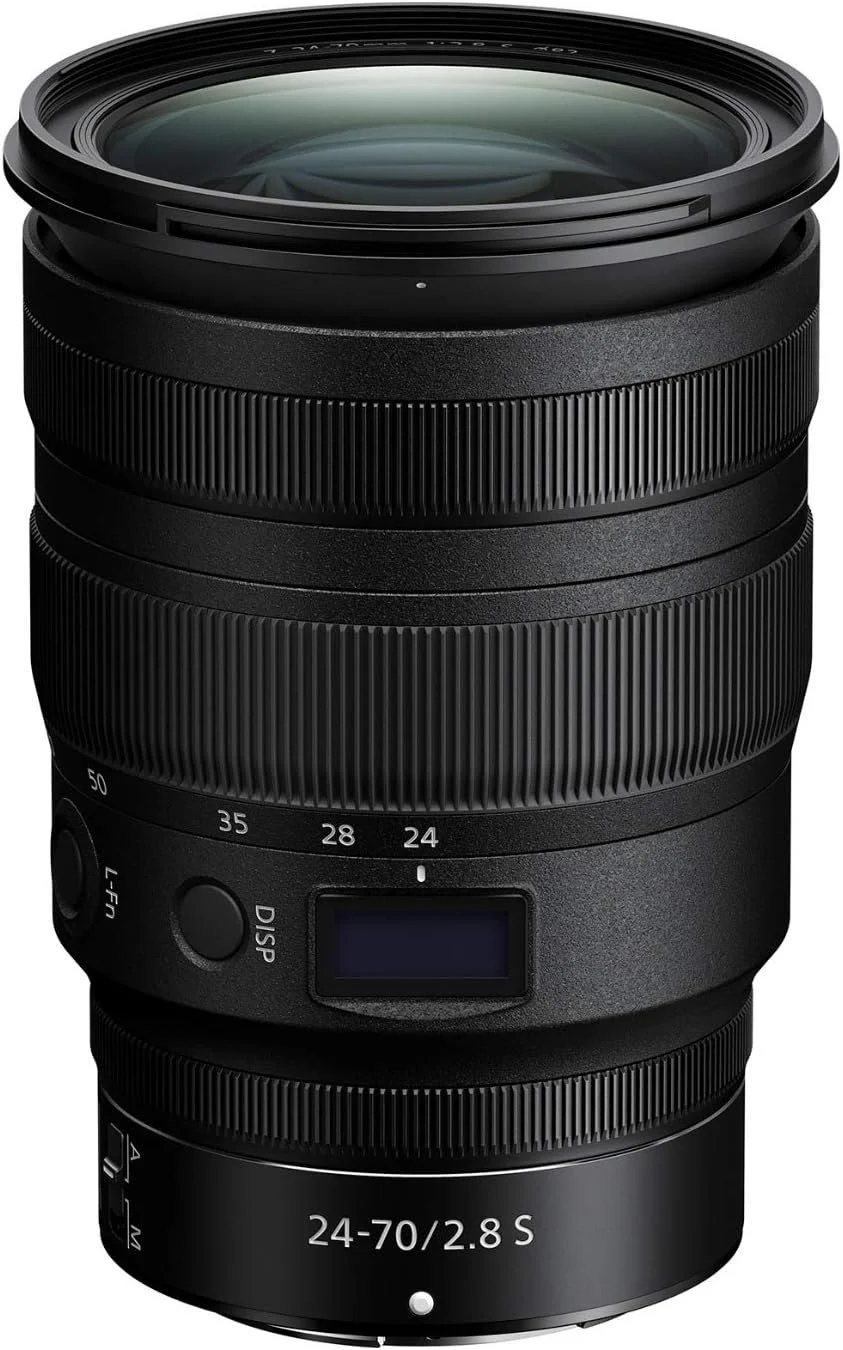The mid-range monster mash: lenses for general photography & portraiture
The do-it-yourself/buy-it-yourself blog series is all about ways you can upgrade your mediocre camera equipment, mostly by throwing money at the problem, and in our Landscape Lens Rodeo Roundup, we talked about ultra-wide angle lenses for capturing the big picture better than your kit lens can. In this edition, we turn our attention to upgrading the mid-range, the focal lengths between 24mm and 85mm, where the majority of photographers will be making the majority of their photos, including portrait, lifestyle, and travel images. While all entry-level camera kits come with a lens that technically fits the bill (the 18-55mm kit lens on a crop-sensor camera), it’s usually a very cheaply made version, and does not have very good performance under more demanding conditions.
What you need to know
As of the last 10 years, every camera or lens you buy is very high in quality, and can take great images in the right hands. Buying a more expensive camera or lens will not make you a better photographer. Your purchases should be towards equipment that can do things that your existing equipment cannot, rather than upgrading towards something “better” for the sake of it.
The capabilities of your next lens boil down to two things: Focal length and maximum aperture. Other factors such as sharpness, distortion, and more nitty gritty things are so well-controlled across all modern lenses that we would argue they’re not worth worrying about, while focal length and maximum aperture have no substitute.
The focal length is the first number, or range of numbers, in millimeters, that identifies the purpose of a lens. It represents how wide or narrow the perspective of a lens is - a wide lens is best for landscapes, whereas a telephoto lens is better for portraits, wildlife, or sports. A wide angle lens would have a low number like 16mm, while a telephoto lens would be 100mm or more. A mid-range focal length like 50mm would be considered “normal”, because it is neither wide nor telephoto.
A “prime” or “fixed” lens has only one focal length, such as 14mm, or 105mm. A zoom lens contains a range of focal lengths, such as 18-55mm, or 24-70mm.
The maximum aperture is the next number that identifies a lens, and represents how wide the aperture of the lens can open to let in more light. A lens that has a lower maximum aperture number can open wider, and is therefore better for low-light situations. For instance, a “14-24mm f/2.8” is a wide angle zoom lens that can open up to f/2.8 at it’s largest aperture, and is ideal for landscape photography, including low-light and night situations. An “85mm f/1.8” is a prime telephoto lens with a very large aperture suited for portraiture. Generally, lenses with larger maximum apertures are bigger, heavier, and more expensive.
Don’t be enamored by a zoom lens that has a wide range of focal lengths, such as 24-270mm, and claims to “do it all.” That might be the one situation where you end up a bit disappointed by a noticeable lack of sharpness. Lenses that are specialized tend to perform better than those that try to cover too much ground.
Lenses are made for two types of camera bodies: Full-frame (35mm sensor size) cameras, and crop-sensor cameras (smaller sensor sizes). The focal length numbers represent different fields of view depending on what sensor size you are using.
Choose your lens based on the shots you intend to make and the type of camera body you have. A lot has changed in the world of photography in the last few years, and nearly every photographer has turned to mirrorless over DSLRs. This guide is specifically geared towards the mirrorless models of today’s leading camera brands.
Mid-range lenses for portrait, lifestyle & general photography
For crop sensor mirrorless cameras:
Nikon Z DX 18-140 f/3.5-5.6
With its wide zoom range, you might be thinking that this lens is creeping into “too large of a range of focal lengths to be any good” territory. But a lot has changed in lens technology in the last decade, and now a lens like this can perform quite well across its entire range. Just look at the 5-star reviews. While it may not be quite as sharp as a dedicated mid-range lens for portraiture, its versatility as a walk-around lens means you can spend more time grabbing shots instead of changing lenses and missing the action.
Canon RF-S 18-150 f/3.5-6.3
Acting as the “expanded focal range” version of the kit lens for the Canon RF-S entry level mirrorless cameras, this upgrade could be the lens you never take off your camera if your interest is general walk-around photography and not landscapes or wildlife. You may have noticed there’s a trade-off when it comes to all of these lenses that have this much zoom range: The brightest aperture is not particularly great, especially at the long end of the range. So you’ll be fine with this lens as long as you don’t expect too much in low light.
Sony 18-105mm f/4
For crop sensor sony mirrorless cameras, there is nothing more versatile than this wide-to-telephoto zoom that covers all of your mid-range as well. While you don’t get the depth of field control that you would get with a brighter aperture lens, you do get a much larger zoom range than your 16-50 kit lens, and a reasonably bright f/4.0 max aperture throughout.
Fujifilm XF 16-80 f/4
Fujifilm has, over the years, remained faithful to the idea of creating high-quality, long-lasting and sturdy products that don’t try to please too large of an audience, but are worth the higher price for those who understand photographic equipment. Thus, there is really no such thing as entry-level for this brand - once you buy an X series lens, you can expect to be using it for as long as you own a Fujifilm camera. Their version the mid-range zoom category may at first seem to be more expensive and less versatile than the offerings from Canon or Nikon, but, like the Sony lens above, maintains an f/4.0 aperture across its entire focal range, and also has weather sealing and image stabilization.
For full frame mirrorless cameras:
24-70mm f/2.8 for CANON, NIKON and SONY
Every camera maker produces one of these for their full frame cameras, and for good reason. This focal range works for the majority of your mid-range needs such as events, portraiture, and landscapes, while the bright constant f/2.8 aperture means it’s good in low light as well. You won’t find many professional wedding photographers who haven’t used one of these at some point in their careers.
24-70mm f/4 for CANON, NIKON mirrorless and SONY
And if you don’t quite want to spend thousands, you can opt for the f/4 version of the 24-70, which is almost as good, just not as great in the low-light department. It will still create the same focal lengths and if your subject is far from the background, you can still achieve very nice subject isolation and bokeh. And it’s also almost half the size and weight of the f/2.8 version! (Note: the Canon Version of this lens is a 24-105mm)
50mm f/1.8 for CANON, NIKON and SONY
This may be the “original” lens for SLR cameras going back to the film days, and the 50mm focal length is considered normal, which means it approximates how the naked eye sees the scene, which is why this prime lens is so common. The better news that goes along with that is that this lens is also very affordable! Called the “thrifty fifty” or the “nifty fifty”, this can be an excellent alternative or addition to your kit lens that can produce sharper results and has better depth of field control for portraits and abstracts.
85mm f/1.8 for CANON, NIKON, and SONY
This is considered the quintessential portrait lens. This focal length works well for head shots and other tight framings, and will produce smoothly blurred backgrounds for excellent subject isolation. If you plan to take a lot of pictures of people, you need to have one of these. (Note: the Canon version of this lens is f/1.4)








